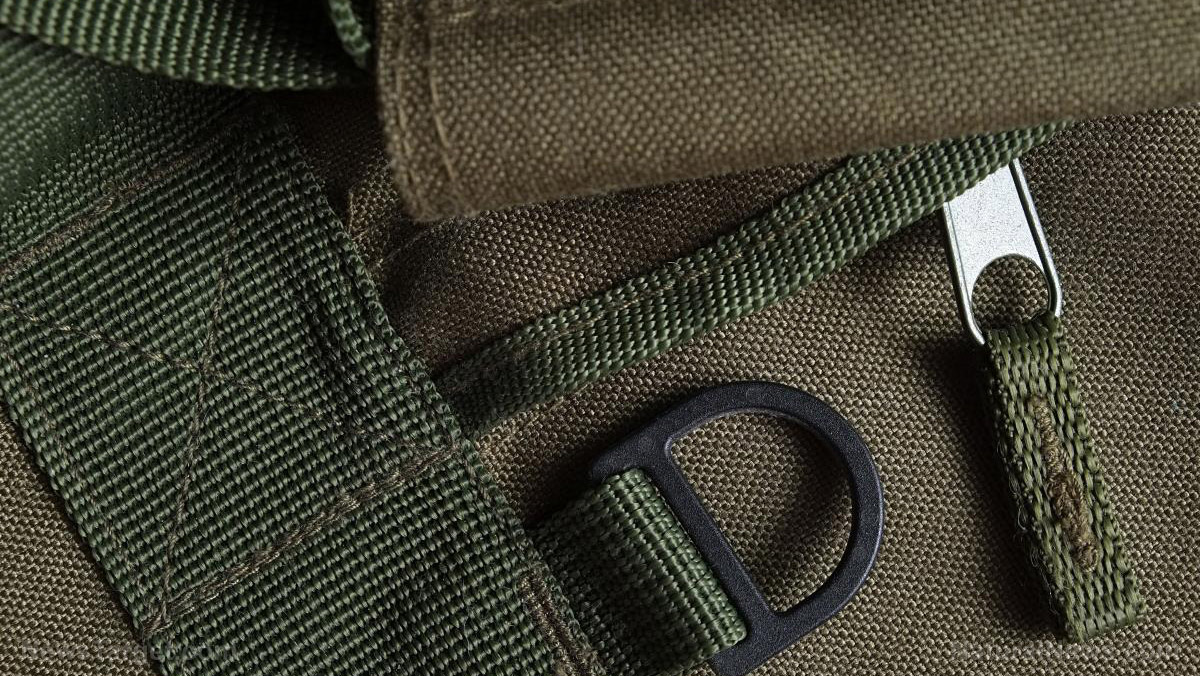
A cache can spell the difference between life and death in the wilderness. Here are some helpful guidelines to set up a cache of survival supplies in a remote area.
Start by getting a feel for the chosen area of operations. Memorize topography maps and make a 3D model of the territory. If possible, charter a helicopter flight or use a drone for an aerial survey.
Visit the place using a 4x4 or ATV. Get used to the local roads, tracks, and trails. Study the natural features and note down the areas frequented by other people.
Eventually, leave the vehicle behind and explore the area on foot. Become intimately familiar with the place since it may become home for months or years in the future.
Try to avoid locals and other people in the area. Otherwise, act casual, low-key, and natural. If possible, use these people as sources of local knowledge without revealing anything to them.
Make provisions for a minimum of six caches. Half of these are the primary sites. The rest are the secondary caches. (Related: Prepping basics: What are “forever foods” and why do you need them in your stockpile?)
Tips for selecting, setting up, and maintaining survival caches
Search for natural features in remote areas of the area of operations that can serve as reference points for the caching sites. The features should be recognizable in any lighting or weather condition.
After memorizing the reference points, plot out the potential location of the cache. Evaluate the suitability of the site according to drainage, natural cover, soil, and things that may draw attention.
Make the decision quickly. Taking too long may leave evidence of the cache in the area. Repeat the selection process for all of the cache sites.
Plant a cache every month or two. After planting the third or fourth cache, start checking the earlier ones as well. The supplies in the previous caches may have deteriorated by now and will need replenishment.
Once a cache has been dug up for inspection, do not replant it. Instead, bring the supplies to a secondary cache. Never reuse a site.
Remain wary throughout the entire process, especially when planting and recovering a cache. Always assume someone is watching. Do not go straight to the site – take an indirect route and move quickly but carefully.
Set up a method to indicate tampering with the cache. If it triggered, grab the supplies and leave ASAP. If the entire cache is gone, just get out.
Survival supplies for storing in remote caches
A cache program stores and replenishes essential supplies that keep the prepper alive. Some of these critical supplies involve food, food procurement, preservation, protection, shelter, water, and warmth.
The contents of a cache need to match that goal. Furthermore, they must provide survival supplies that are not available in the area of operation.
An Army surplus backpack can hold enough supplies to keep a prepper alive for at least 30 days. It is also easy to recover from a site and will not arouse too much suspicion if it gets discovered.
Apply protective coats on the backpack to protect it from the environment. Then fill it with the survival supplies.
Get food items that last for many months. Store the food and other non-metal items inside plastic bags. Apply a light coat of oil on any cans and other metal items before placing them in plastic bags.
Try to maintain at least three caches in the field at any given time. Also, consider setting up a long-term cache with non-perishable survival supplies like clothes and hardware.
Sources include:
Please contact us for more information.

















